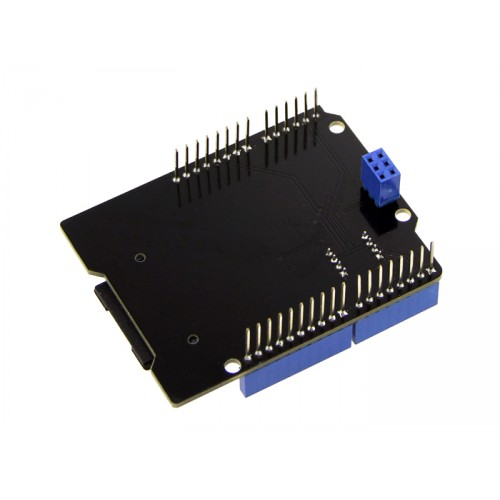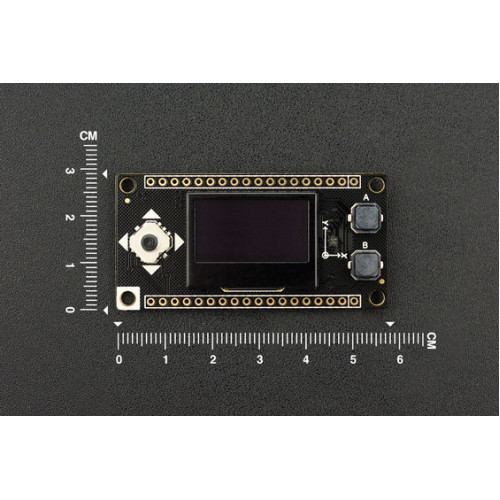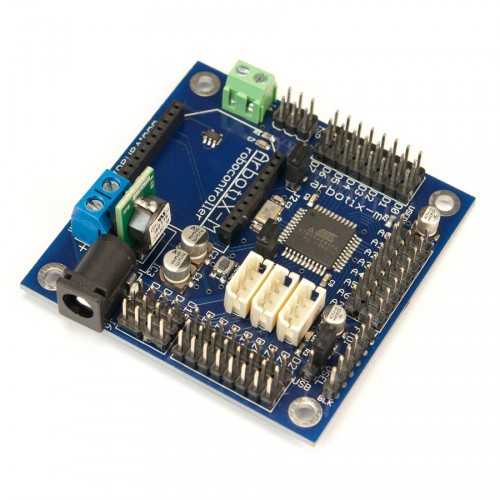


Serial.println(readRegister(i),HEX) // print the character Serial.begin(9600) // start serial for output Wire.begin() // join i2c bus (address optional for master) The code to call the values (and that is loaded onto the master arduino) is even simpler: #include With regard to the two variable resistors, they are in pull up so their value is R ntc = R series/((1023/ADC) – 1)) For the NTC this could be substituted in a Steinhart Hart approximation This should be abt 2 times the pulselength you expect (but depends on the duty cycle). Once you have done that you can also add a timeout to the pulseIn function. A range of say 0-200 uS is very reasonable. This means that you will have to choose a value for R3 that gives a reasonable range for the type of soil that you use. I have called the pulseIn function with an integer rather than with a long. I2c_regs = lowByte(MoistPulse) // or use = MoistPulse & 0xFF I2c_regs = highByte(MoistPulse) // or use = MoistPulse > 8 LDRvalue = (analogRead(A2)) >2 // max value is 1023/4=255 is 1 byte (FF) physical pin3=PB4=A2 * It will call the function registered via TinyWireS.onReceive() if there is data in the buffer on stop.

* it needs to be called in a very tight loop in order not to miss any (REMINDER: Do *not* use delay() anywhere, use tws_delay() instead). * This is the only way we can detect stop condition () This write was only to set the buffer for next read * so be quick, set flags for long running tasks to be called from the mainloop instead of running them directly, * This needs to complete before the next incoming transaction (start, data, restart/stop) on the bus does

Increment the reg position on each read, and loop back to zero * This is called for each read request we receive, never put more than one byte of data (with nd) to the Tracks the current register pointer position The library comes with some examples and one example was quite easy to rework to what I needed. As the Attiny functions as an I2C slave we will need the TinyWireS library. The Attiny 45 is the heart, or rather the brains of the sensor. The circuit (figure) doesnt need much explanation: the RC generator we saw in the previous article and the two variable resistors in a voltage divide read by analogue inputs. In this post I will present a sensor with some added functionality that can be read through I2C. In a previous article I presented a simple way to read a capacitive moisture sensor with a simple RC generator.


 0 kommentar(er)
0 kommentar(er)
